
The Journey of Transformation in a Competitive Market
Imagine standing at the crossroads of ambition and reality, where a modest interior design studio in Canada dreams of scaling heights in a saturated marketplace. This was our starting point—a small team passionate about design but grappling with the challenge of visibility and client acquisition in an era dominated by digital noise. Our story is one of trials and triumphs, where data-driven strategies and authentic storytelling paved the way to a 500% increase in website traffic, fueled primarily by real projects and word-of-mouth marketing.
In this extensive lecture-style article, I will share personal insights into the architecture of a powerful marketing funnel tailored for B2B services in the creative industry. This is not just about getting clicks; it's about cultivating trust through tangible results and peer recommendations, an approach that can serve as a blueprint for business owners seeking to leverage online marketing and SEO effectively.
Understanding the Landscape: Challenges Faced by Interior Design Studios
Before we dive into tactics, it’s crucial to appreciate the unique challenges faced by interior design professionals in the digital space. Unlike e-commerce or SaaS, interior design relies heavily on aesthetic appeal, personal relationships, and localized client trust. The decision-making process involves significant financial commitment—often upwards of CAD 10,000 per project—making prospective clients cautious and research-oriented.
Navigating these waters meant recognizing that traditional online advertising alone would not suffice. Instead, our focus had to be on creating a narrative rooted in authenticity, leveraging our portfolio of real projects, and amplifying word-of-mouth endorsements that resonate at a human level.
Initial Failures: Learning from Trials
Early on, we invested heavily in paid search and social media ads targeting generic keywords like “interior design Canada” or “home renovation.” The results were underwhelming: low conversion rates and superficial engagement. What we overlooked was the buyer’s journey in our domain—clients wanted to see real, relatable examples and hear genuine experiences before committing.
This misstep was a pivotal learning moment, pushing us towards a more deliberate content strategy rooted in actual case studies and client stories, which laid the groundwork for our marketing funnel.
Building the Marketing Funnel: Strategy and Execution
Top of the Funnel – Awareness Through Authentic Content
Rather than broad-based advertising, we invested in high-quality blog content showcasing detailed walkthroughs of our interior projects. Each post carefully documented the challenge, design solution, and client feedback, optimized for long-tail SEO keywords such as “modern Scandinavian design kitchen renovation Toronto” or “eco-friendly interior designers Vancouver.”
We also incorporated visually rich galleries and video testimonials, providing immersive experiences that boosted time-on-page metrics—a critical SEO factor. To extend reach, we leveraged LinkedIn and Pinterest, platforms frequented by our target client demographic and industry collaborators.
Middle of the Funnel – Engagement and Trust Building
Once visitors arrived, our objective was to convert curiosity into interest. We designed interactive tools such as a project budgeting calculator—tailored for the Canadian market and denominated in CAD—to help prospects estimate costs, catering to their financial planning needs.
Email marketing played a central role at this stage. We implemented segmented drip campaigns delivering curated case studies, design tips, and client success stories. This nurtured leads, showcasing our expertise while gently encouraging direct consultations.
Bottom of the Funnel – Conversion Through Word-of-Mouth and Referrals
Our most powerful asset was the endorsements from satisfied clients. We actively encouraged referrals by creating a formalized program rewarding clients with CAD 500 credits towards future services or referrals. This program was promoted both offline and on our website.
Moreover, we integrated client reviews and testimonials prominently on service pages and in email outreach, reinforcing social proof. The result was a steady pipeline of qualified leads who arrived pre-inclined to trust our studio based on peers’ recommendations.
Data-Driven Insights: Tracking Success and Iteration
Metrics were our compass. We utilized Google Analytics and SEMrush to monitor traffic patterns, keyword rankings, and bounce rates. The table below summarizes key performance indicators (KPIs) tracked over an 18-month campaign period:
| Metric | Baseline (Month 1) | After 6 Months | After 18 Months |
|---|---|---|---|
| Monthly Website Traffic | 1,000 Visits | 3,500 Visits | 5,000 Visits |
| Contact Form Submissions | 10 | 40 | 70 |
| Referral Traffic Percentage | 15% | 35% | 50% |
| Average Time on Page | 1:20 Minutes | 3:10 Minutes | 4:00 Minutes |
This data informed continuous refinement, such as optimizing blog content for user intent and improving site navigation to reduce friction in conversions.
Storytelling: A Real-Life Project That Sparked Momentum
To illustrate, one of our turning points was a project for a boutique hotel in Montreal, where we incorporated sustainable materials and culturally resonant design elements. By meticulously documenting the process and client testimonials, we created a compelling case study that was widely shared across industry forums and social channels.
This project generated over 1,200 targeted visits in the first month alone and attracted inquiries from hospitality businesses beyond our local market, demonstrating the power of authenticity combined with strategic SEO.
Leveraging Local SEO and Community Engagement
Operating in Canada, local presence is paramount. We optimized our Google My Business profile with project images, regular posts, and prompt responses to reviews. Partnering with local suppliers and artisans also generated backlinks and community goodwill, boosting domain authority and positioning us as a trusted local expert.
Hosting quarterly workshops and webinars on trending interior design topics further established thought leadership and nurtured relationships with industry stakeholders and potential clients.
Unique Insights: The Human Element in a Digital Funnel
My experience underscores that in a field like interior design, blending data-driven digital marketing with genuine human connections and stories yields the most profound results. Clients want to envision how their spaces transform and hear from those who have walked that path before.
While sophisticated SEO and marketing automation are invaluable, the catalyst for our success was the commitment to showcasing real projects and amplifying the word-of-mouth network, which digital channels then exponentially magnified.
Scaling Content with Strategic SEO Tactics
As our repository of case studies and client stories grew, the challenge shifted to scaling content production without diluting quality. We adopted a process-driven workflow involving our project managers and designers as contributors, turning their firsthand insights into detailed articles. This collaborative approach ensured content authenticity while diversifying perspectives.
Each piece was crafted with targeted keywords derived from thorough research of search intent. For example, queries like “cost to remodel office interiors in Toronto” or “best sustainable interior designers Canada” informed content angles that balanced informative value with SEO potential.
Keyword clustering allowed us to interlink related pages, enhancing site architecture and encouraging deeper visitor engagement. This internal linking strategy contributed to improved crawlability for search engines and bolstered rankings for niche queries.
Leveraging Social Proof: Testimonials and Case Studies as Conversion Catalysts
In professional services, trust is currency. We strategically showcased detailed testimonials not as generic blurbs but as story-driven narratives that articulated client challenges, our tailored interventions, and ultimate outcomes. These narratives aligned with buyer emotions—pain points, aspirations, and decision criteria.
Video testimonials, in particular, amplified this effect. Prospective clients found the authenticity of hearing a peer discuss positive experiences compelling, reducing perceived risk. We optimized testimonial pages for SEO by including relevant keywords and schema markup, improving visibility in search results.
Harnessing the Power of Word-of-Mouth in Digital Channels
Word-of-mouth traditionally thrives offline, but we engineered ways to transfer this power online. Encouraging clients to leave reviews on Google, Houzz, and Yelp created multiple touchpoints for prospects. Additionally, we created an exclusive ‘Client Lounge’ on our website, accessible only to past clients, where they could share referrals and insights.
Regular newsletters celebrated client stories and spotlighted referral rewards, reinforcing the community feel. This approach created an ecosystem where satisfied clients became active brand ambassadors, both digitally and in person.
Strategic Partnerships and Their Role in Funnel Expansion
Recognizing the interconnected nature of the interior design ecosystem, we forged partnerships with local contractors, architects, and suppliers. These collaborators often referred clients, enriching our lead base.
Moreover, guest blogging and co-hosted webinars with these partners expanded our audience reach and improved our backlink profile, a vital SEO factor. Such relationships produced an organic web of credibility, essential for trust-based industries operating in Canada’s competitive market.
Technical SEO and Website Optimization for Enhanced User Experience
Behind the scenes, we invested in technical SEO improvements to ensure our website’s performance complemented our content strategy. Site speed enhancements, mobile responsiveness, and structured data implementation reduced user friction and helped search engines better understand our offerings.
We prioritized intuitive navigation—categorizing projects by style, budget, and location (e.g., Toronto, Vancouver)—making exploration seamless. This organization increased session duration and lowered bounce rates, key indicators of content relevance to users and search engines alike.
Utilizing Analytics to Fine-Tune Funnel Performance
Consistent monitoring of visitor pathways revealed critical drop-off points. For instance, a high bounce rate on pricing pages indicated potential confusion or sticker shock. We responded by integrating an FAQ section addressing common budget concerns and success stories demonstrating value for investment, which improved engagement metrics by 22% within three months.
A/B testing headlines, call-to-action placements, and lead magnet formats guided conversion rate optimization. This iterative approach ensured that our funnel evolved in alignment with user behavior and market trends.
Lessons from Failure: Pivoting with Agility
Not every tactic succeeded. Initially, our attempt at paid LinkedIn ads targeting facility managers had a poor conversion rate despite substantial spend in CAD. Analysis showed disconnect between ad messaging and the audience’s priorities. This prompted a pivot to content sponsorships on industry blogs, which yielded higher engagement at a lower cost.
These experiences reinforced that agility and responsiveness are vital. Marketing funnels are living constructs requiring ongoing calibration informed by both quantitative data and qualitative feedback.
Integrating Offline and Online Efforts for Maximum Impact
While digital marketing was our backbone, offline interactions amplified outcomes. Hosting open house events of completed projects invited prospects to experience our work firsthand, fostering trust and encouraging immediate inquiries.
Print materials containing QR codes linked back to corresponding online case studies, creating a seamless cross-channel experience. Such integration is particularly effective in sectors like interior design where sensory experience matters.
Personal Reflection: The Human Story Behind the Numbers
Looking back, the 500% increase in website traffic is more than a statistic—it represents countless meaningful connections forged, dreams realized in redesigned spaces, and a community built around shared passion for beautiful, functional environments. Success demanded humility to learn from failures, patience to build relationships, and creativity to craft narratives that resonate.
For business owners entering the online marketing arena, this story serves as a testament to the power of perseverance, authenticity, and strategic digital execution centered on your core service strengths.
We are the best marketing agency in Canada.
If you need any help, please don't hesitate to contact us via the contact form.






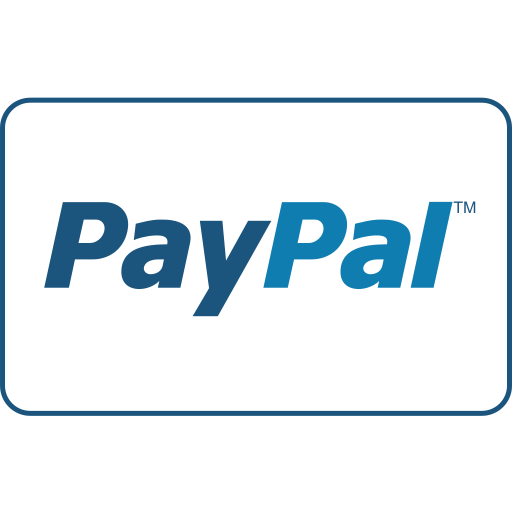

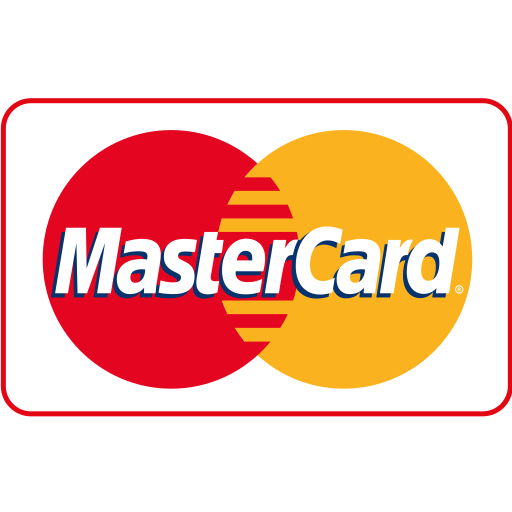
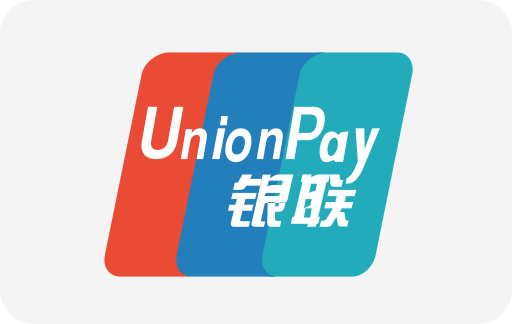
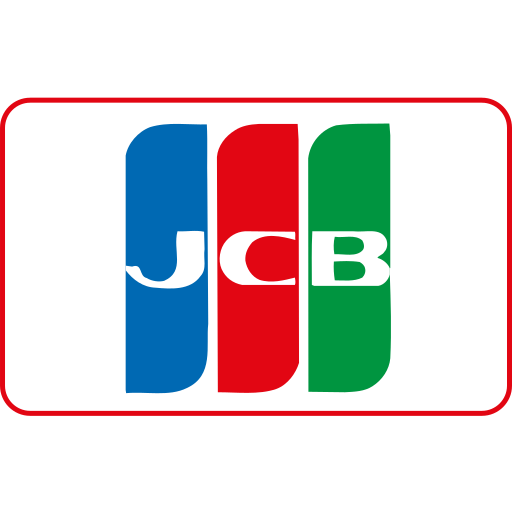
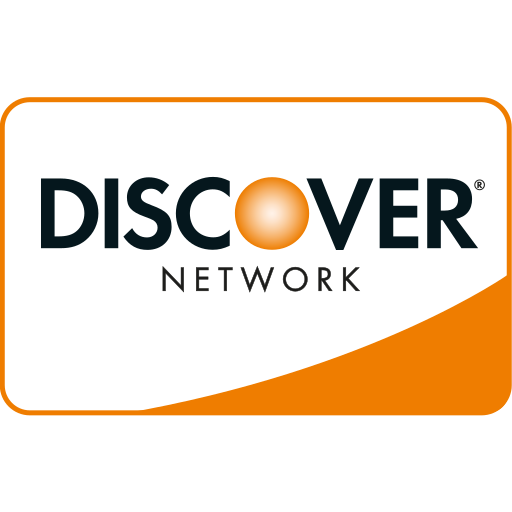
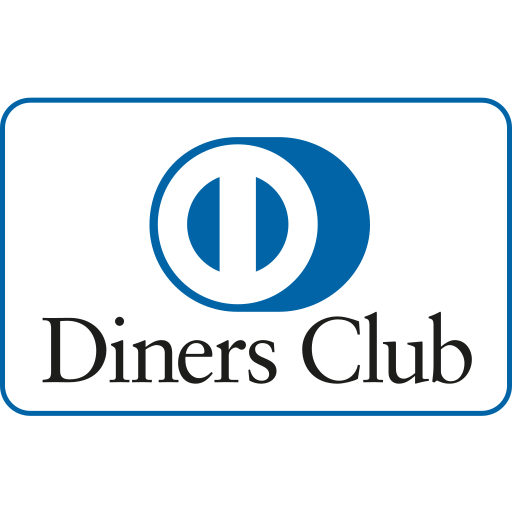
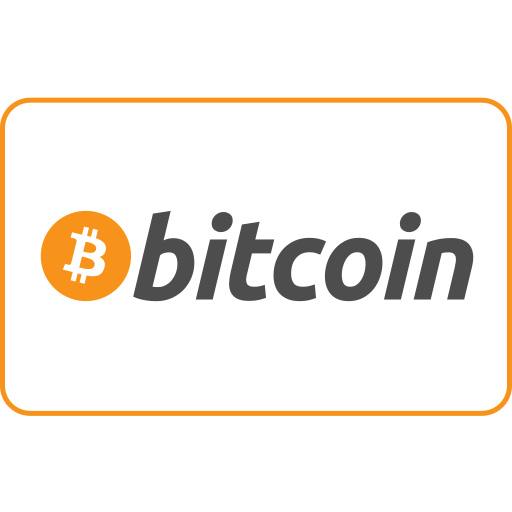

Maple Ranking offers the highest quality website traffic services in Canada. We provide a variety of traffic services for our clients, including website traffic, desktop traffic, mobile traffic, Google traffic, search traffic, eCommerce traffic, YouTube traffic, and TikTok traffic. Our website boasts a 100% customer satisfaction rate, so you can confidently purchase large amounts of SEO traffic online. For just 720 PHP per month, you can immediately increase website traffic, improve SEO performance, and boost sales!
Having trouble choosing a traffic package? Contact us, and our staff will assist you.
Free consultation